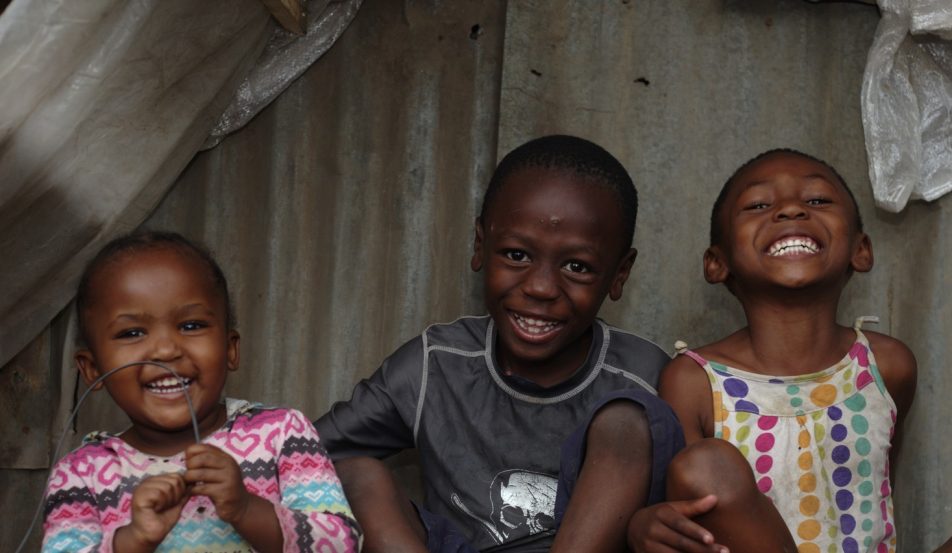How is the world doing on child survival?
UNICEF has released its latest report on child survival. The 2014 Committing to Child Survival: A Promise Renewed progress report is the second in a series intended to track progress on child survival and hold Governments accountable to their promise of reducing by two-thirds the under-five mortality rate between 1990 and 2015, a promise that was renewed by world leaders in 2012.
The report finds that globally, major progress has been made in improving child survival. The lives of almost 100 million children under age 5 have been saved over the past two decades, including 24 million newborns. Despite these advances, the toll of under-five deaths over that same period is staggering: between 1990 and 2013, 223 million children worldwide died before their fifth birthday.
Some highlights from the report:
The under-five mortality rate globally has declined by almost half since 1990. The absolute number of under-five deaths was also cut in half during the same period, from 12.7 million to 6.3 million, saving 17,000 lives every day. Despite this, progress is insufficient to meet the target of reducing by two-thirds the under-five mortality rate by 2015. If current trends continue in all countries, the target will only be reached globally by 2026.
Pneumonia, diarrhoea and malaria make up about one-third of all under-five deaths. Although child deaths from leading infectious diseases have declined significantly, pneumonia, diarrhoea and malaria were still the main killers of children in 2013. Importantly, neonatal deaths account for 44% of all under-five deaths.
The lives of 24 million newborns have been saved since 1990. The worldwide neonatal mortality rate fell by 40 per cent between 1990 and 2013. Yet despite the availability of effective, proven strategies to prevent newborn deaths, 2.8 million babies still died in the first month of life in 2013, largely of preventable causes.
For 1 million babies every year, their day of birth is also their day of death, accounting for more than a third of neonatal deaths. Close to 2 million newborns die in the first week of life. Investments in maternal care, specifically labour and delivery care and other high-impact interventions focused on the 24 hours around the time of birth, hold the greatest potential for reducing neonatal mortality.
Investments in educating girls and high-quality care for mother and baby are critical for child survival. Neonatal mortality rates of babies born to mothers with no education are nearly twice as high as those babies born to mothers with secondary education or higher. And while we know that complications during labour are responsible for around one-quarter of all neonatal deaths, in 2012, one in three babies, an estimated 44 million newborns, entered the world without the help of a skilled health care provider, putting them at even greater risk during this most vulnerable time.
Read the full report here.






